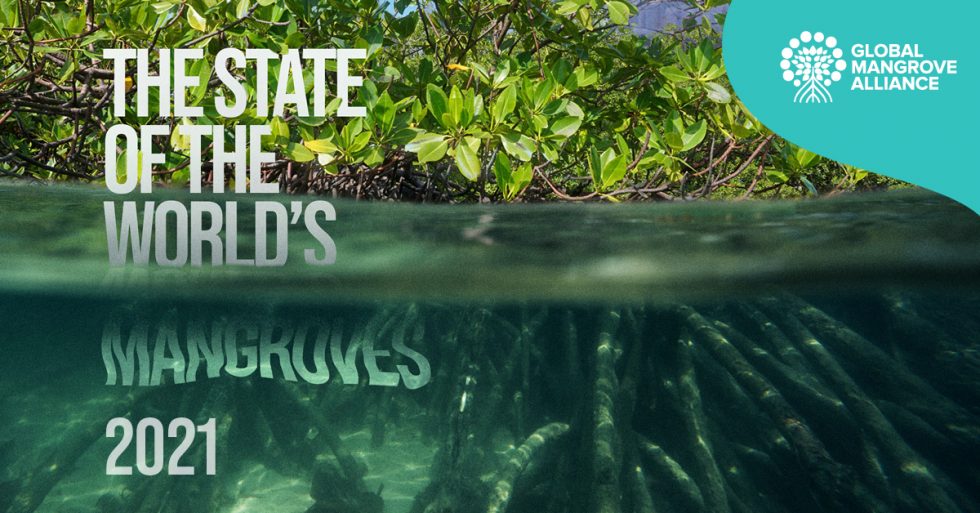Ocean Current Slowdown: Implications For US Coastal Areas

Table of Contents
Impact on Sea Level Rise
Ocean currents play a vital role in distributing heat and water around the globe. A slowdown disrupts this delicate balance, significantly impacting sea levels. Slower currents mean increased water accumulation in certain areas, leading to exacerbated coastal flooding and erosion, particularly along the US East Coast and Gulf Coast. This is a major concern for densely populated regions like Florida, Louisiana, and parts of California.
- Increased water accumulation: Reduced current movement allows water to pool, contributing to higher sea levels.
- Higher storm surge potential: Slower currents can amplify the impact of storm surges, increasing the risk of devastating coastal flooding during hurricanes and other extreme weather events.
- Accelerated coastal erosion and land loss: Higher sea levels and stronger storm surges lead to increased erosion, threatening coastal infrastructure and habitats. Cities like Miami and Galveston face a significant risk of land loss.
- Vulnerable coastal cities and infrastructure: Many coastal cities and vital infrastructure, including ports, roads, and power plants, are highly vulnerable to rising sea levels and increased erosion resulting from ocean current slowdown.
Changes in Marine Ecosystems
Ocean currents are the lifeblood of marine ecosystems, transporting nutrients, oxygen, and organisms across vast distances. A slowdown in these currents can have devastating consequences for marine life. Disrupted currents can lead to changes in water temperature and salinity, impacting the distribution and survival of numerous species.
- Disruption of fish migration patterns: Many fish species rely on ocean currents for migration and spawning, and changes in current patterns can disrupt these essential processes.
- Reduced nutrient supply leading to algal blooms or dead zones: Slower currents can result in reduced nutrient circulation, leading to oxygen depletion and the formation of dead zones, areas with insufficient oxygen to support marine life.
- Increased susceptibility of coral reefs to bleaching and disease: Changes in water temperature and salinity caused by current slowdown can stress coral reefs, making them more vulnerable to bleaching and disease.
- Impact on commercially important fisheries: Changes in fish populations due to current slowdown can have significant economic consequences for the fishing industry and coastal communities that depend on it.
Effects on Weather Patterns and Climate
Ocean currents play a crucial role in regulating global and regional climate patterns. Their slowdown can lead to significant changes in temperature, precipitation, and storm intensity along the US coast. This is intricately linked to the larger issue of global climate change.
- Increased frequency or intensity of extreme weather events: Changes in ocean temperatures and currents can influence the formation and intensity of hurricanes, heatwaves, and other extreme weather events.
- Changes in regional temperatures and rainfall patterns: Slowed currents can alter regional weather patterns, leading to changes in temperature and precipitation, affecting agriculture and water resources.
- Potential impact on agriculture and water resources: Altered rainfall patterns can impact agricultural productivity and water availability in coastal regions.
- Links to global climate change: Ocean current slowdown is closely linked to global climate change, as rising greenhouse gas emissions contribute to warming ocean temperatures and altering circulation patterns.
Economic Consequences for Coastal Communities
US coastal communities are heavily reliant on ocean resources and tourism. The economic implications of ocean current slowdown are significant and far-reaching.
- Cost of repairing damaged infrastructure due to sea level rise and storms: The cost of repairing and replacing infrastructure damaged by sea level rise and more intense storms will be substantial.
- Job losses in fishing and tourism industries: Changes in marine ecosystems and increased storm frequency can lead to job losses in the fishing and tourism industries.
- Reduced property values in vulnerable coastal areas: Increased risk of flooding and erosion can lead to decreased property values in vulnerable coastal areas.
- Increased insurance premiums and government spending: Increased risk of damage from sea level rise and storms will lead to higher insurance premiums and increased government spending on disaster relief and infrastructure repair.
Mitigation and Adaptation Strategies
Addressing the challenges posed by ocean current slowdown requires a multifaceted approach involving mitigation and adaptation strategies.
- Investment in coastal protection measures: Investing in seawalls, breakwaters, and other coastal protection measures can help protect vulnerable communities from sea level rise and storm surges. Restoring and protecting natural coastal defenses like mangrove forests is also crucial.
- Sustainable fisheries management and conservation efforts: Implementing sustainable fisheries management practices can help ensure the long-term health of fish populations and the fishing industry.
- Climate change mitigation through reduction of greenhouse gas emissions: Reducing greenhouse gas emissions is essential to slow down the rate of climate change and mitigate the effects of ocean current slowdown.
- Community-based adaptation strategies and disaster preparedness: Developing community-based adaptation strategies and improving disaster preparedness can help coastal communities better cope with the impacts of ocean current slowdown.
Conclusion
The slowdown of ocean currents poses a significant threat to US coastal areas, impacting sea levels, marine ecosystems, weather patterns, and the economy. The consequences are far-reaching and demand immediate attention. We must act now to mitigate the effects of this phenomenon and adapt to the changing conditions. This requires international cooperation, investment in sustainable practices, and robust adaptation strategies. Learn more about ocean current slowdown, support research initiatives, and contact your elected officials to advocate for policies that address this critical issue. Our coastal communities and the global climate depend on it.

Featured Posts
-
 Xi Jinping Meeting Trump Considers Trip To China
May 18, 2025
Xi Jinping Meeting Trump Considers Trip To China
May 18, 2025 -
 Osama Bin Laden Documentary Why Netflix Doesnt Have It
May 18, 2025
Osama Bin Laden Documentary Why Netflix Doesnt Have It
May 18, 2025 -
 Ego Nwodims Snl Sketch Sparks Audience Outburst
May 18, 2025
Ego Nwodims Snl Sketch Sparks Audience Outburst
May 18, 2025 -
 The Countrys Top New Business Locations A Comprehensive Map
May 18, 2025
The Countrys Top New Business Locations A Comprehensive Map
May 18, 2025 -
 Is It Back On Bianca Censori And Kanye West Spotted Together In Spain
May 18, 2025
Is It Back On Bianca Censori And Kanye West Spotted Together In Spain
May 18, 2025
Latest Posts
-
 Celebrity Only Fans Accounts Amanda Bynes Entry And Its Implications
May 18, 2025
Celebrity Only Fans Accounts Amanda Bynes Entry And Its Implications
May 18, 2025 -
 Amanda Bynes Only Fans Debut Photos Show Her Out With A Friend
May 18, 2025
Amanda Bynes Only Fans Debut Photos Show Her Out With A Friend
May 18, 2025 -
 The Rise Of Celebrity Only Fans Amanda Bynes Role
May 18, 2025
The Rise Of Celebrity Only Fans Amanda Bynes Role
May 18, 2025 -
 Only Fans Amanda Bynes Account And Content Guidelines
May 18, 2025
Only Fans Amanda Bynes Account And Content Guidelines
May 18, 2025 -
 Only Fans Celebrity Influx Amanda Bynes Impact
May 18, 2025
Only Fans Celebrity Influx Amanda Bynes Impact
May 18, 2025
